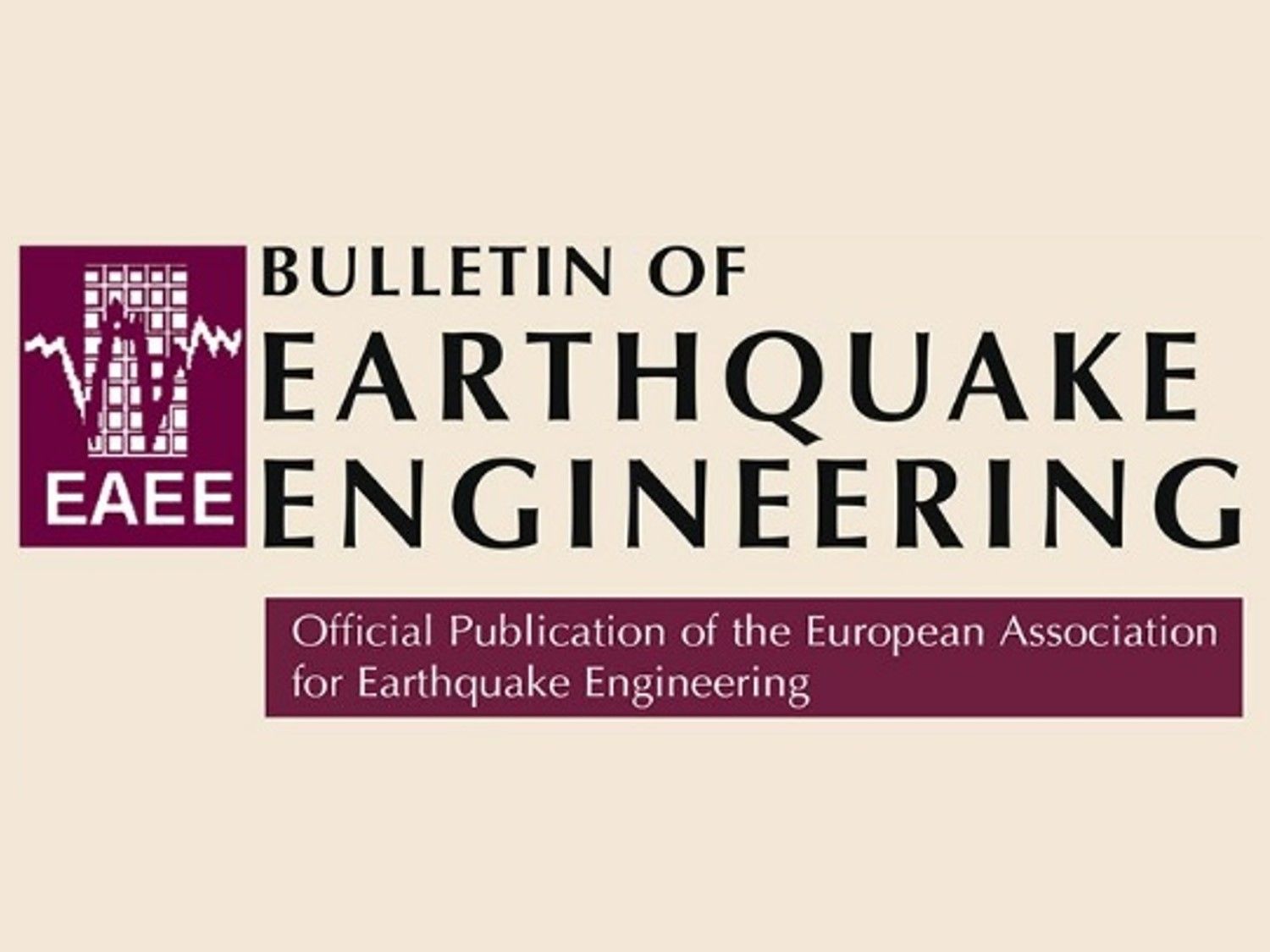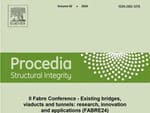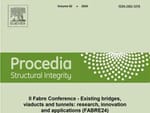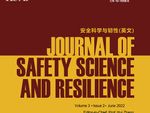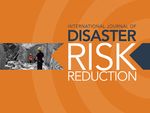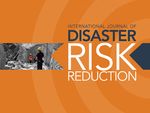Journal
Bulletin of Earthquake Engineering
Authors
Sandron D., Santulin M., Tamaro A., Orci C., Benedetti G., Castellaro S., Romeo R., Rebez A., Grimaz S., Malisan P., Guadagnini G., Sciascia F., Slejko D.
URL
https://rd.springer.com/journal/10518
DOI
Abstract
In the Kribi region (south-western Cameroon), a new industrial harbour has been built. This area is marked as a low-seismicity zone, according to the global seismic hazard map. This estimate is based, however, on a poorly documented data set. Industrial harbours are critical facilities and, consequently, appropriate cautions have to be taken in the seismic design. This paper illustrates the methodology adopted to compute the expected ground motion for the seismic design of the new harbour, starting from the available information. The standard probabilistic seismic hazard assessment is based on a logic tree approach considering areal and fault sources with two earthquake rate models (characteristic earthquake and Gutenberg–Richter), and two ground motion prediction equations. As expected, the obtained ground motion at the bedrock for a return period of 475 years is not very large [0.07 g, in terms of horizontal peak ground acceleration (PGA)] with a well marked peak between 0.1 and 0.2 s. This result is in agreement with that of the Global Seismic Hazard Assessment Project, where a general PGA between 0.04 and 0.08 g is associated with south-western Cameroon. The effects of local site conditions are evaluated through geophysical methods (single station and array surveys) and 1D linear-equivalent numerical modelling. Considering the two geotechnical models identified in the study region, by a specific geophysical survey executed during this study, local amplifications of 1.9 and 2.2 have been calculated for the two sectors, respectively. Furthermore, the results obtained, in terms of uniform hazard response spectra, have been used as guidelines to determine the design ground motions for the maritime and land infrastructures planned in the Kribi harbour area. This study represents a summary of the present knowledge on the seismicity of this part of Africa as well as the first regional and local seismic hazard assessment for the Kribi area.

